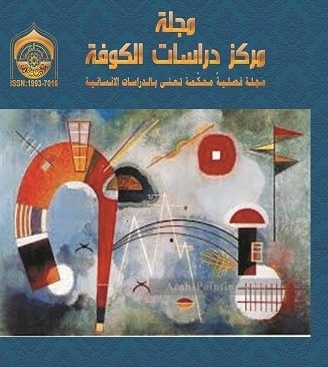ترجمة المترادفات وأثرها في توجيه المعنى في النصوص الدينية المترجمة ترجمة المستشرق تسفي حاييم هيرمان ركندورف - القرآن الكريم إلى اللغة العبرية نموذجا
DOI:
https://doi.org/10.36322/jksc.v1i62.820Abstract
Great efforts have been made in order to arrive at a satisfactory, complete religious translation. Many of these attempts emerged, some of them were successful and some of them failed. As for translating the Holy Qur’an into other languages, it is a complex matter and needs much study and research before commencing translating its meanings. Like the words, the Holy Qur’an came in a distinctive way from the systems, which is an aspect of the Qur’anic miracles. The issue of the synonymous expressions and their connotations and the semantic differences between those words whose meanings converged and the differences between them were hidden, and translating their meanings into the Hebrew language was the goal of our study. As the Holy Qur’an included in its verses the words that appear to be synonymous or close in meanings on their face. Each vocabulary in the Qur’an text indicates a special connotation that no other utterances can perform, no matter how close they are. The Holy Qur’an is precise in using vocabulary in the context of the noble verses. As well as diversity in usage of vocabulary and vocabulary. So the word comes accurate in its place and tightness, and appropriate to the context so that it is not possible to replace one word with another. Therefore, the vocabulary differs even if its connotations converge in the Quranic text The expressions that were said to be synonymous in the language do not appear as such in the Holy Quran. Thus the translator of the Qur’anic text faces that problem.
Downloads
Downloads
Published
How to Cite
Issue
Section
License
Copyright (c) 2022 Kufa Studies Center Journal

This work is licensed under a Creative Commons Attribution 4.0 International License.
Permit others to distribute and copy the manuscript, to create extracts, abstracts, and other revised versions, adaptations, or derivative works of or from the manuscript (such as a translation), to include in a collective work, to text or data mine the article, even for commercial purposes, as long as they credit the author(s), do not represent the author as endorsing their adaptation of the article, and do not modify the article in such a way as to damage the author''''s honor or reputation. Further details are found at Creative Commons Attribution 4.0 International (CC BY 4.0)






























